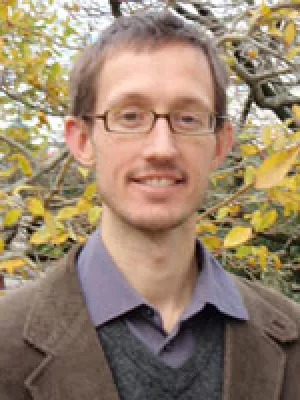
Martijn van Praagh
Adjunct senior lecturer

Recycling of MSWI-bottom ash in paved constructions in Sweden – A risk assessment
Author
Summary, in English
This paper presents results from a risk assessment of recycling pre-treated bottom ash from municipal solid waste incineration as a subbase layer in certain asphalt paved constructions in Sweden. Based on a model for assessing environmental and health risks at contaminated areas, previously developed by the Swedish EPA and by the Swedish Geotechnical Institute, target values for total content and porewater concentrations were calculated. Three different construction sizes and geometries were considered; a 1 km long road of 10 and 20 m width, respectively, and an application of 100 × 300 m. Additionally, different technical solutions of the use of bottom as in road embankments were considered. Compared to risk assessments conducted in other countries, target values are generally higher, but in the same order of magnitude. Total lead concentrations in dust potentially emitted during construction and demolition of the bottom ash is identified as a critical factor. It requires particular attention when planning for or carrying out groundwork constructions with pre-treated bottom ash. As exposure to dust and bioavailaibility of lead in bottom ash are likely to be overestimated by the underlying risk model, higher target values for lead in bottom ash should be possible for the envisaged construction purposes without affecting the general risk level. As no data is available on actual dust production and deposition by constructing and demolishing subbase layers of pre-treated bottom ash, this should be a part of future studies in order to narrow down lead target values.
Department/s
- Centre for Environmental and Climate Science (CEC)
Publishing year
2018-09-01
Language
English
Pages
428-434
Publication/Series
Waste Management: international journal of integrated waste management, science and technology
Volume
79
Document type
Journal article
Publisher
Elsevier
Topic
- Environmental Management
Keywords
- Bottom ash
- Construction
- Environmental risk assessment
- Municipal solid waste incineration
- Recycling
- Target values
Status
Published
ISBN/ISSN/Other
- ISSN: 0956-053X